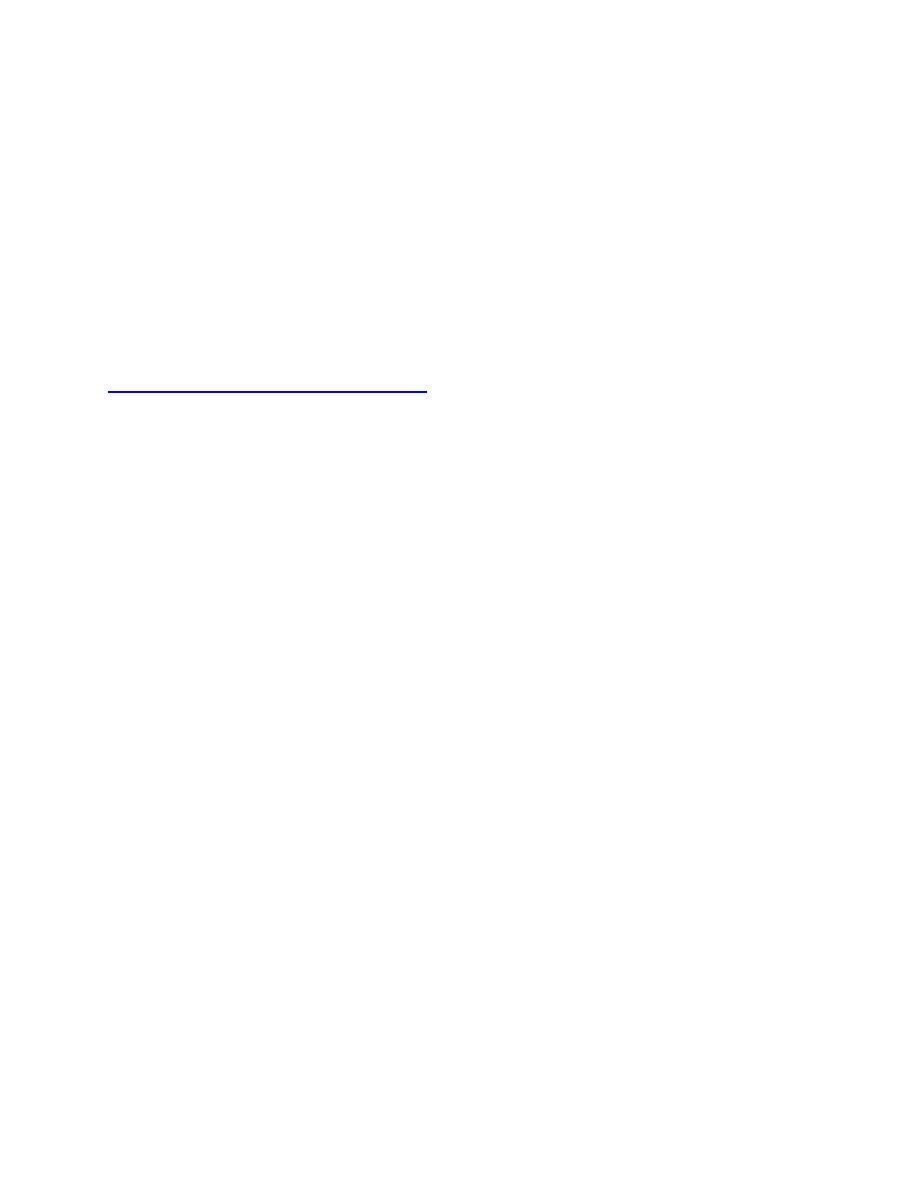
UFC 4-150-06
12 December 2001
CHAPTER 2:
HYDRODYNAMICS
2-1
INTRODUCTION. This chapter covers design considerations related to
the physical effects on structures caused by various types of water movement, such as
tides, currents, and wave action along the open shore line and those occurring within
restricted bodies of water. This subject is thoroughly covered by the Coastal
Engineering Manual (CEM) but is outlined below by subjects of interest to Navy coastal
facilities designers and then cross-referenced to the appropriate section of the CEM
and other applicable references. Note that references made to sections in the draft
CEM may change once the final version is published. The most current version of the
CEM at the time of this publication can be found on the web at
Port, harbor and facility issues, such as trends in port and harbor
development, deep versus shallow draft projects and motivation, are discussed in CEM,
Section V-5. These issues are discussed as explanations and justifications for harbor
needs. For example, the motivation for developing new or existing port and harbor
facilities is the importance of overseas trade to the U.S. economy and government.
Development of local design criteria is essential in many cases due to the
variation in meteorological and geological conditions at different geographical sites.
These criteria are based upon raw and hindcast environmental information and the
forecasting of data with analytical descriptor models.
2-2
WATER WAVE MECHANICS. The very complex phenomenon of wave
action on the sea surface, and how it affects structures, is a primary concern in design
of coastal facilities. An extensive study to characterize regular and irregular waves is
contained in Section II-1 of the CEM.
2-2.1
Selection of Design Waves. The selection of design waves should be
related to the economics of construction, maintenance, and repairs. The selection of
design conditions for larger structures requires more detailed consideration of the
economics of the design. Wave analysis yields the recurrence interval of a given wave
height. The economics of increasing the initial cost versus making occasional repairs
must be evaluated. Furthermore, the cost and extent of damages to areas that the
structure is designed to protect must also be considered. Physical and economic
factors, such as design wave height versus annual costs, must be optimized. For small
projects, a 20- to 25-year design wave, coupled with an annual extreme water level, is
appropriate. In addition to the general design parameters for determining cost-benefit
relationships, specific local design criteria must be determined and applied. For
example, Norfolk, VA would not use a 50-year hurricane, although it may be an
appropriate criterion for other locations. Refer to the CEM, Section II-8: Coastal
Hydrodynamics, for further details.
2-1



 Previous Page
Previous Page
